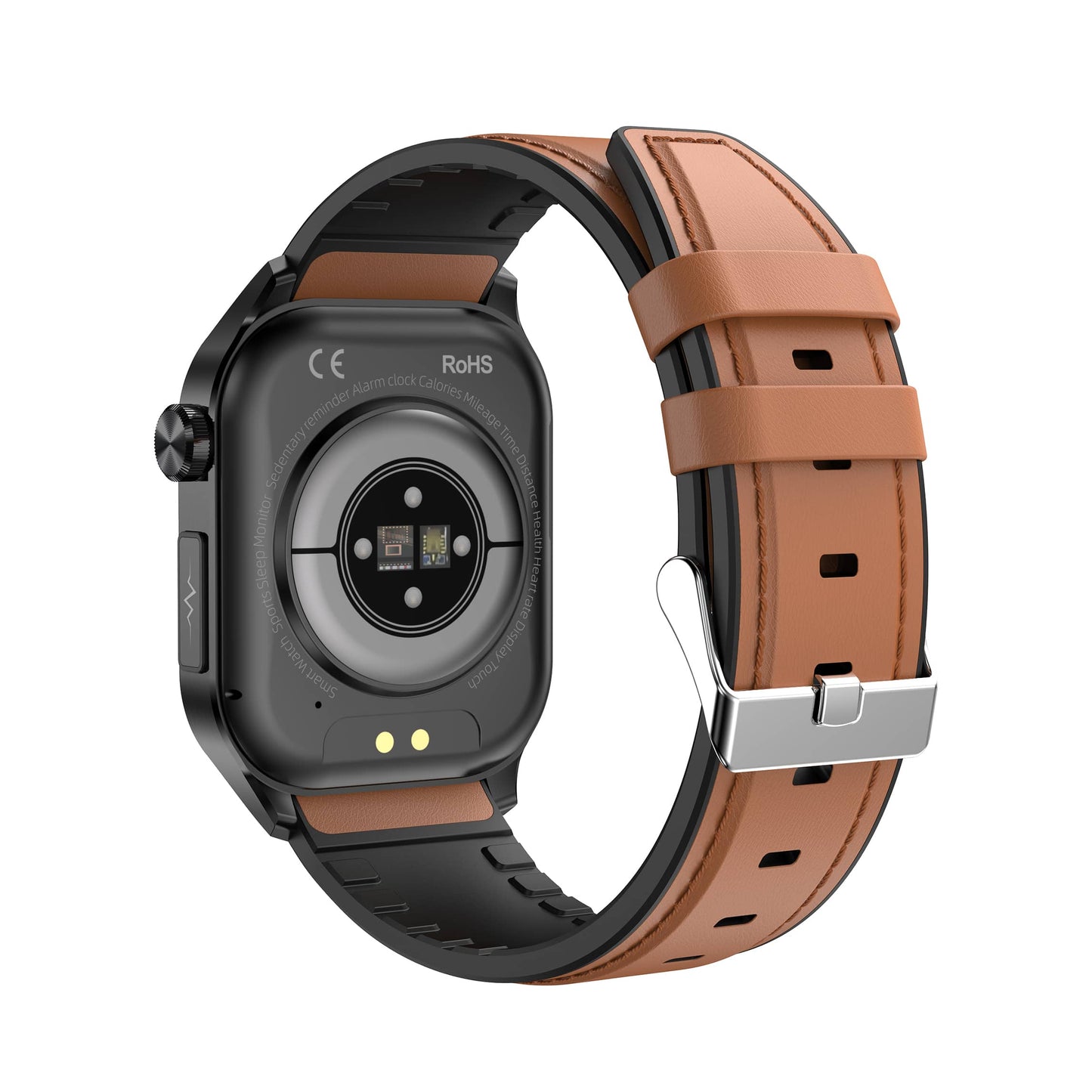Imagine a world where your smartwatch doesn’t just count your steps or track your sleep—it predicts health issues *before they become emergencies*. By 2025, this vision will be a reality. As AI reshapes wearable technology, smartwatches are poised to become indispensable tools for proactive health management. For Americans juggling busy lives, these innovations promise convenience, prevention, and peace of mind—all from the comfort of your wrist. Let’s dive into how AI-powered smartwatches will redefine wellness in 2025.
1. Beyond Fitness Tracking: AI as Your Personal Health Detective
Today’s smartwatches track heart rate and calories. Tomorrow’s will predict and prevent. By 2025, next-gen sensors and machine learning will analyze subtle biometric patterns to flag risks like:
- Hypertension: Detecting rising blood pressure trends through pulse wave analysis.
- Metabolic syndrome: Identifying early signs of insulin resistance via sweat glucose monitoring.
- Mental fatigue: Using voice tone and sleep data to warn of burnout or depression risks.
Studies by Mayo Clinic and Johns Hopkins suggest AI can predict conditions like atrial fibrillation with over 90% accuracy. Soon, your watch might text you: “Elevated stress biomarkers detected. Consider rescheduling that meeting.”
2. Hyper-Personalized Health Coaching
Generic fitness advice is out. In 2025, AI will craft recommendations tailored to your DNA, lifestyle, and goals. For example:
- Athletes: Real-time muscle strain alerts to prevent injuries during workouts.
- Parents: Stress-level forecasts synced to your calendar (e.g., “Tomorrow’s packed—schedule a 5 p.m. mindfulness break”).
- Seniors: Fall prediction algorithms that notify caregivers if balance deteriorates.
Brands like Apple and AKELEO are already experimenting with AI coaches that adapt to your habits. Soon, your watch will feel less like a gadget and more like a trusted doctor in your pocket.
3. Early Disease Detection: From Your Wrist to Your Doctor’s Desk
By 2025, smartwatches will partner with healthcare systems to catch diseases earlier:
- Sleep apnea: Watches with SpO2 sensors will screen for breathing disruptions.
- Skin cancer: Miniaturized hyperspectral cameras will scan moles for malignant changes.
- COPD: Cough frequency and respiratory rate tracking will alert users to lung issues.
These tools won’t replace physicians—but they’ll empower users to seek care sooner. The FDA is fast-tracking approvals for AI-driven wearables, signaling a seismic shift in preventive care.
4. Privacy in the AI Era: Trust Matters
With sensitive health data on the line, privacy is non-negotiable. Leading brands are addressing concerns by:
- Local AI processing: Keeping data on-device, not in the cloud.
- Blockchain encryption: Securing data transfers to healthcare providers.
- User control: Letting you decide which metrics to share (e.g., heart data but not sleep logs).
For Americans wary of data breaches, these safeguards will be a key selling point.
5. Why 2025 Will Be a Game-Changer for Your Wallet
Preventive health isn’t just lifesaving—it’s cost-saving. Smartwatches could:
- Slash ER visits by catching dehydration or arrhythmias early.
- Reduce workplace absenteeism through stress management tools.
- Lower insurance premiums for users who share proactive health data.
For under $300, future watches may save thousands in medical bills.
Your Wristwatch Just Became a Lifesaver
The smartwatch of 2025 isn’t a luxury—it’s a lifeline. With AI-driven predictions, personalized insights, and robust privacy, these devices will empower Americans to take charge of their health like never before. As a retailer, I’m excited to bring you cutting-edge tools that don’t just tell time—they buy you more of it.





























